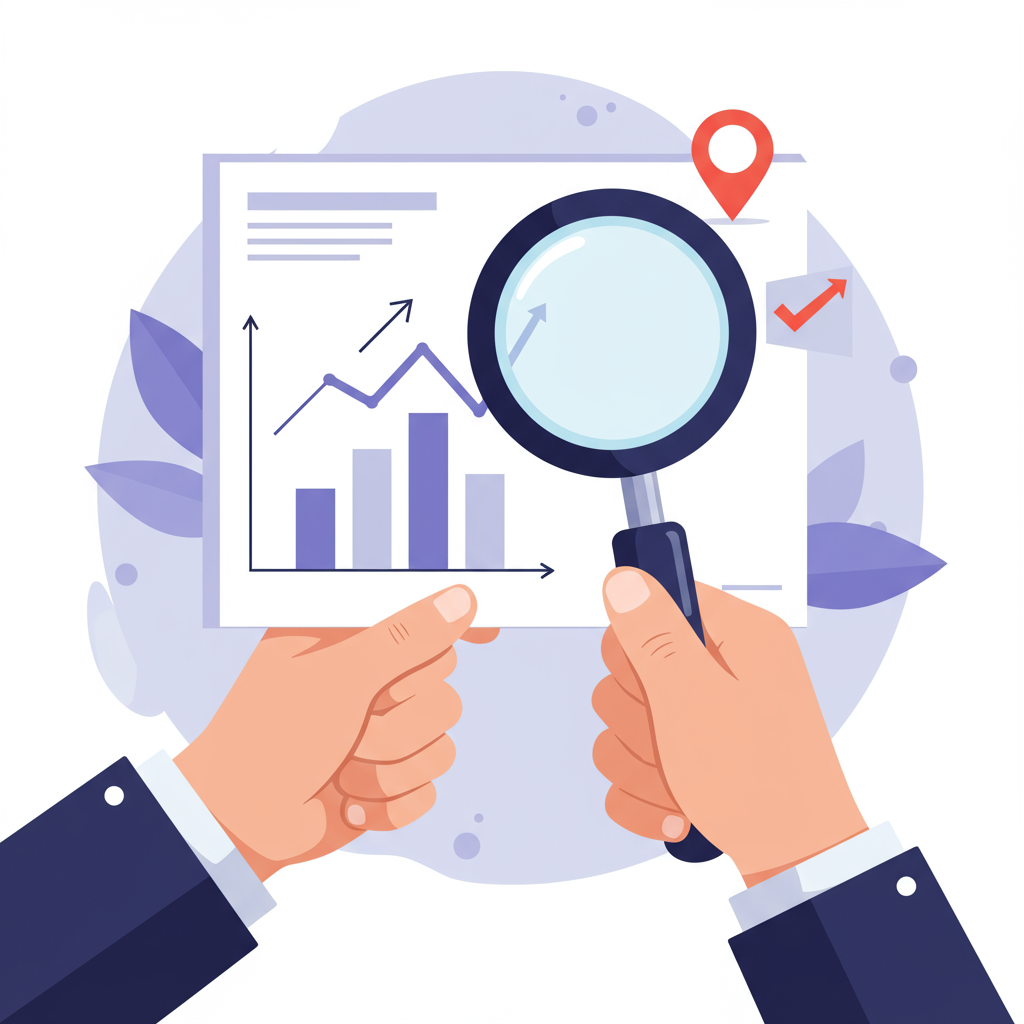Unlock Your Store’s Full Potential by Understanding How to Test and Optimize Your Product Pricing for Maximum Profitability.
As a Shopify merchant, you’re constantly looking for ways to boost your sales and profitability. One of the most powerful, yet often underutilized, strategies in your arsenal is price testing.
It’s not just about picking a number and sticking with it; it’s about understanding how your customers perceive value and react to different price points.
In this comprehensive guide, I’ll walk you through the ins and outs of price testing specifically for your Shopify store.
We’ll explore various techniques, discuss the tools available, and share best practices to help you optimize your pricing strategy for maximum impact.
Your pricing strategy directly impacts your revenue, profit margins, and even your brand perception. A price that’s too high can deter potential customers, while one that’s too low can leave money on the table and devalue your product.
The market is dynamic, customer preferences evolve, and competitor pricing shifts. What worked yesterday might not be optimal today.
Price testing allows you to gather real-world data on how different price points affect customer behavior, moving you away from guesswork and towards data-driven decisions.
For Shopify merchants, this means you can fine-tune your offerings to resonate perfectly with your target audience, leading to higher conversion rates and increased average order values.
The most common and accessible method for Shopify stores is A/B testing, also known as split testing.
With A/B testing, you present two different versions of your product page (or even just the price) to different segments of your audience simultaneously.
For example, 50% of your visitors might see Product A priced at $49.99, while the other 50% see Product A priced at $54.99.
You then track which price point leads to better performance based on your chosen metrics, such as conversion rate, revenue per visitor, or average order value.
While simple A/B testing is a great start, you can also explore A/B/n testing (testing more than two variations) or even multivariate testing (testing multiple elements simultaneously, though this can be complex for price alone).
The easiest way to implement A/B price testing on Shopify is through dedicated apps.
Apps like “A/B Test Master” or “VWO” (which integrates with Shopify) allow you to set up experiments without coding.
These apps typically handle the traffic splitting, data collection, and reporting, making the process relatively straightforward.
You can test different price points for individual products, bundles, or even subscription plans.
What do you think about this article so far? Is it providing the insights you were hoping for?
For those with more technical expertise, you could manually segment traffic using UTM parameters or custom scripts and then redirect users to different product pages with varying prices. This is more complex and requires careful tracking.
Be very careful with manual methods to ensure customers don’t see different prices if they revisit your site or share links, as this can lead to a poor customer experience.
When running price tests, it’s crucial to define what success looks like. Don’t just look at conversion rate in isolation.
Consider: Conversion Rate (the percentage of visitors who make a purchase), Average Order Value (AOV) (the average amount spent per order), Revenue per Visitor (total revenue divided by the number of unique visitors – often a more holistic metric), and Profit Margin (ensure that even if a lower price increases conversions, it doesn’t erode your profit too much).
When testing price, change *only* the price. Don’t simultaneously change the product description, images, or shipping offers. This ensures you know exactly what caused the change in performance.
Don’t draw conclusions from just a few sales. You need enough traffic and conversions for the results to be statistically significant. Tools often provide guidance on this.
Don’t stop a test after a day or two. Run it for at least one full sales cycle (e.g., a week or two) to account for daily and weekly purchasing patterns.
Try to run tests when there are no major promotions, holidays, or external events that could skew your results.
Be transparent if you’re running tests that might be visible to customers (e.g., different prices for different segments). While A/B testing is common, ensure it doesn’t lead to customer confusion or frustration.
Once your test concludes and you have sufficient data, analyze the results. Look for statistical significance – did one price truly perform better, or was it just random variation?
Most A/B testing tools will provide a confidence level. Aim for at least 90-95% confidence before making a decision.
Don’t just pick the price with the highest conversion rate. Consider the overall impact on revenue and profit. A slightly lower conversion rate at a higher price might still yield more profit.
Price testing isn’t a one-time event. It’s an ongoing process. Once you’ve found an optimal price, consider testing variations around that new price point.
Your market, competitors, and product value will evolve, so your pricing strategy should too. Regularly revisit your pricing and run new tests to stay competitive and maximize profitability.
Common pitfalls include: Insufficient Data (drawing conclusions too early), Ignoring Profitability (focusing only on conversion rate without considering the bottom line), Testing Too Many Variables (making it impossible to isolate the impact of price), and Not Accounting for Seasonality (running a test during a holiday rush and applying results to a normal period).
Price testing is a powerful, data-driven approach to optimizing your Shopify store’s profitability. By systematically experimenting with different price points and carefully analyzing the results, you can unlock significant growth.
Embrace the iterative nature of testing, leverage the tools available, and always keep your customer’s perceived value and your business’s profitability at the forefront. Happy testing!






